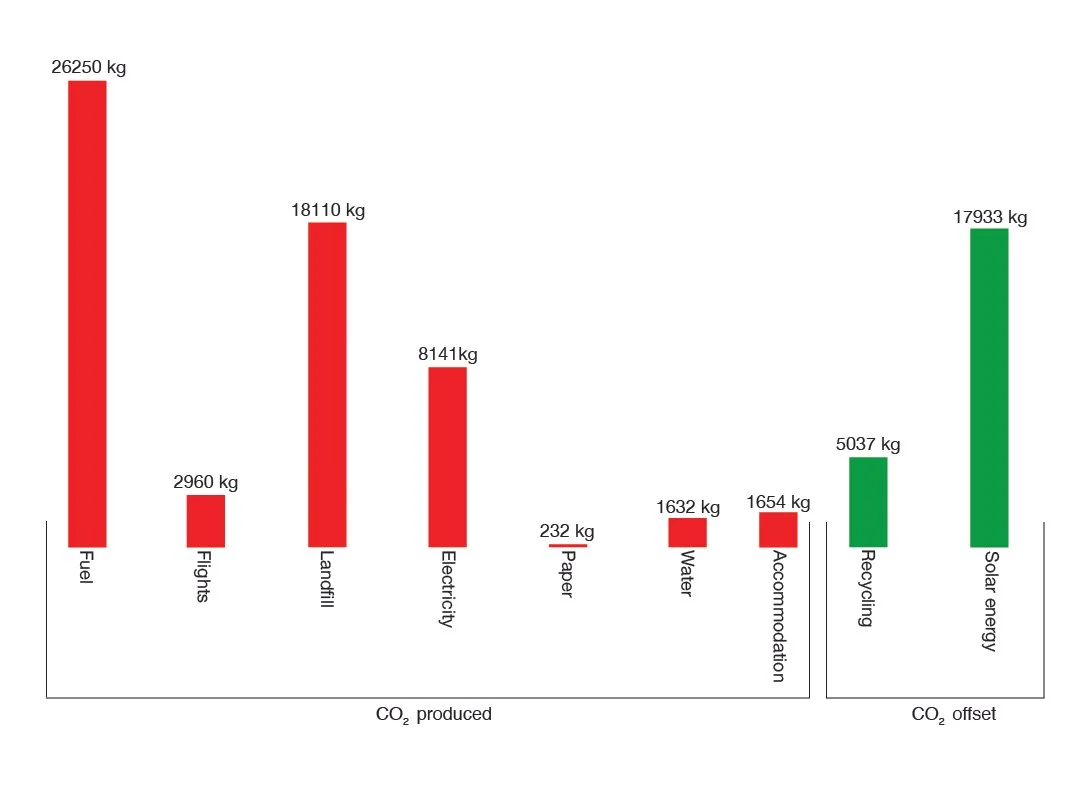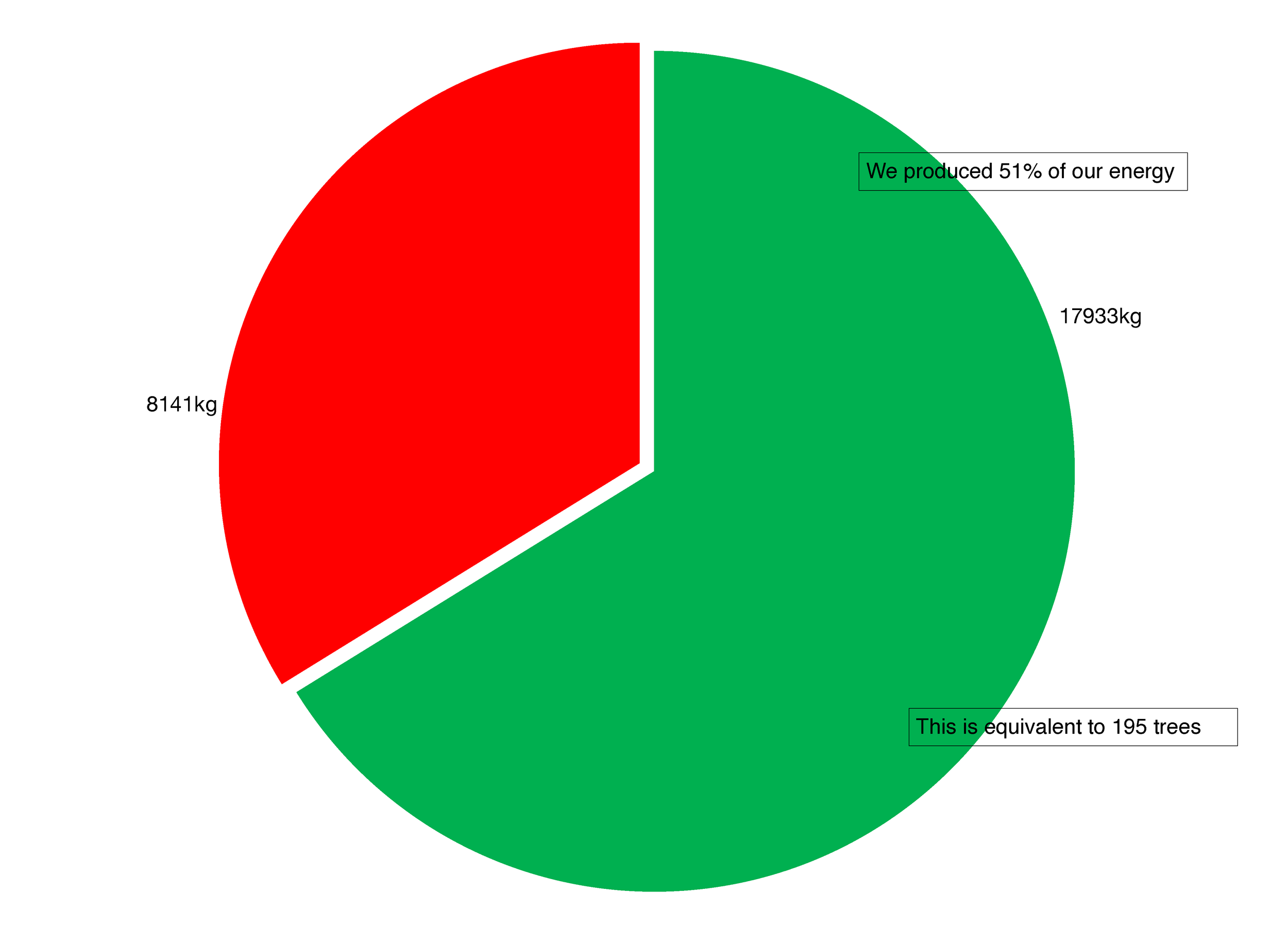Our Sustainable Journey
2024 Sustainability Report
Mātāpono Principles
1.3 Proactive and responsive organisation which takes action on climate change through education and sustainable practices.
This report has been carried out to assess Far North REAP’s Carbon Emissions production and offset for 2024.
Totals
Carbon emissions are the release of carbon dioxide (CO2cap Ccap Osub2𝐶𝑂2) and other greenhouse gases into the atmosphere.
These emissions can come from natural processes or human activities.
Waste - where did it go?
According to data from New Zealand, around 30% of waste currently sent to landfills could be diverted, which equates to approximately 3.6 million tonnes of readily recyclable materials that could be diverted if disposed of correctly.
Electricity Production and Consumption
When we use solar panels instead of relying on fossil fuels for electricity, we essentially "saved 195 trees" by reducing the need to cut down forests for energy production, as solar power is a renewable source that doesn't require burning wood or other biomass to generate electricity, thus helping to preserve natural ecosystems and combat deforestation.







